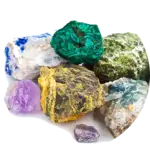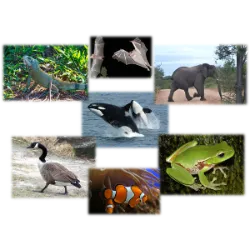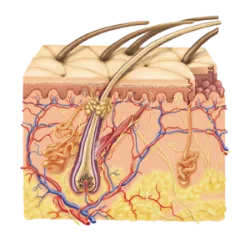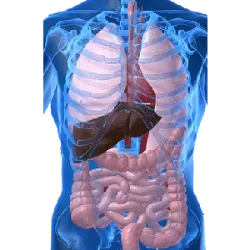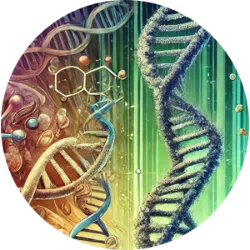The karst model

The karst model is a sedimentary landscape typical of regions dominated by limestone. Rainwater dissolves the limestone, creating cracks that deepen, forming underground wells and caves. The continuous infiltration of water into the limestone promotes its dissolution and feeds the underground watercourses.
The lapiás fields, sinkholes, sinkholes and caves are some geological forms characteristic of the karst model of limestone regions.
Minerals can be identified through simple tests that
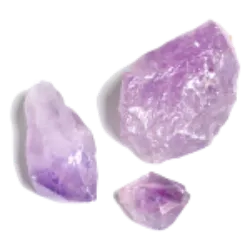
Minerals can be identified through simple tests that evaluate characteristics such as color, brightness, trace, hardness, cleavage and reaction with acids. Color, although observable, is of little use in identification, as a mineral can have different colors. The shine can be metallic or non-metallic, depending on the light reflection. The trace refers to the color of the powder left by the mineral when it scratches a surface. Hardness, measured by the Mohs scale, indicates resistance to scratching, with harder minerals scratching softer ones. Cleavage, a mineral exhibits cleavage when it breaks, under the action of a force, along well-defined plane surfaces. Reaction with acids refers to the ability of some minerals to react with acids, producing effervescence. For example, calcite reacts with acid, releasing bubbles of carbon dioxide.
Test yourself with one of these challenges 👇
You can still go deeper with those who are experts in the subject: Mais Ciências
Discover some interesting facts about Rocks and Minerals
In addition to the effervescent acid reaction

In addition to the effervescent acid reaction, which is valuable in identifying calcite, there are other properties of certain minerals that are easily tested. Magnetite is a magnetic mineral, halite is salty, and sulfur has a distinctive odor. Identifying minerals in a rock is not always possible with hand samples, as the crystals may not be visible to the naked eye. In these situations, whenever mineral study requires it, it is necessary to allow light to pass through and conduct observations under a microscope.
Rocks are composed of natural clusters of one or more minerals
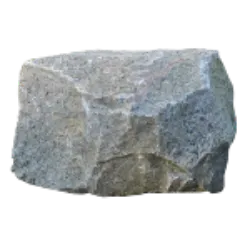
Rocks are composed of natural clusters of one or more minerals. Unlike organic matter, where elements, such as carbon, oxygen, hydrogen, calcium, iron or fluorine, are organized in a geometric and regular way, forming crystalline structures, this arrangement is only possible in solids. Any liquid substance, whether of biological origin (from living beings) or synthetic, cannot be classified as mineral.
All geological landscapes on Earth, whether composed of magnetic

All geological landscapes on Earth, whether composed of magnetic, metamorphic or sedimentary rocks, are continually subject to transformation by the action of climate, including water and wind, as well as the influence of living beings. These agents cause changes and wear in rocks, resulting in the formation of fragments and substances that are transported and deposited, contributing to the creation of new sedimentary rocks.
Water, in its liquid and solid (ice) states
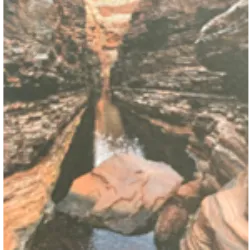
Water, in its liquid and solid (ice) states, plays a central role in the transformation of geological landscapes. It reacts with rocks and can alter their minerals, while ice also plays a role in the fragmentation of rocks; When freezing in the fissures, the water expands its volume, putting pressure on the rock mass and causing it to break into blocks. Furthermore, water acts as a transport agent, carrying debris resulting from the erosion of rocks by rivers or glaciers over considerable distances.
Action of Living Beings - The modification and
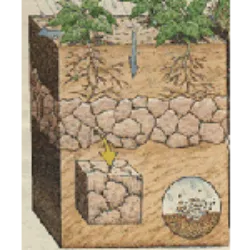
Action of Living Beings - The modification and fragmentation of rocks can be caused by living organisms. An example is the growth of plant roots, which, when developing in rock crevices, contribute to the disintegration of materials.
Test yourself with one of these challenges 👇
HOME
